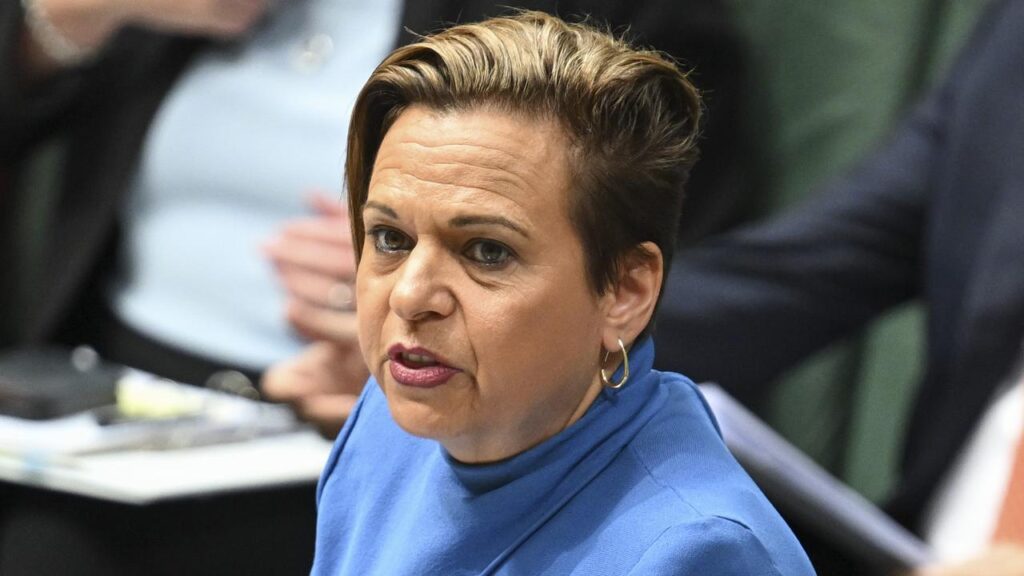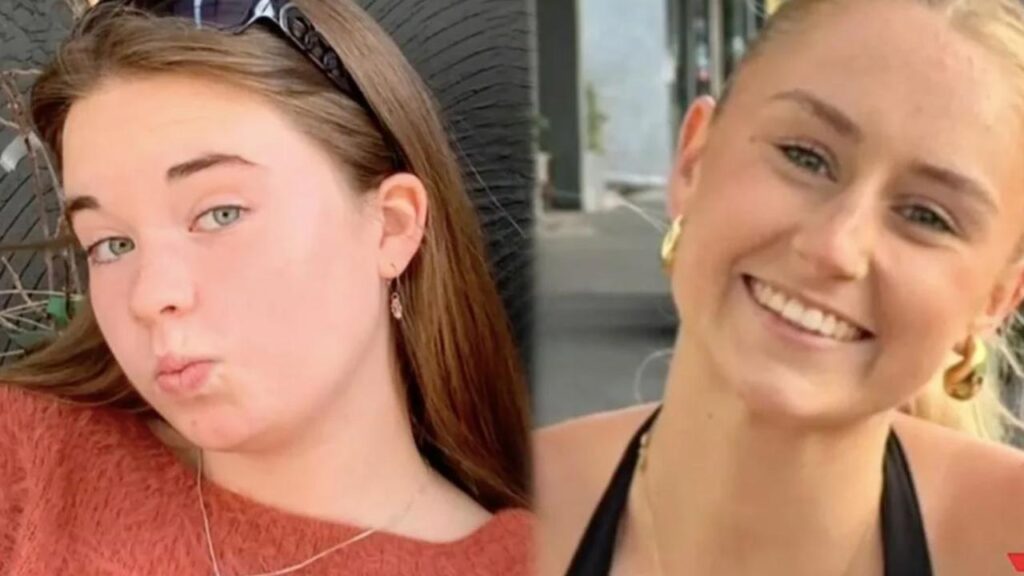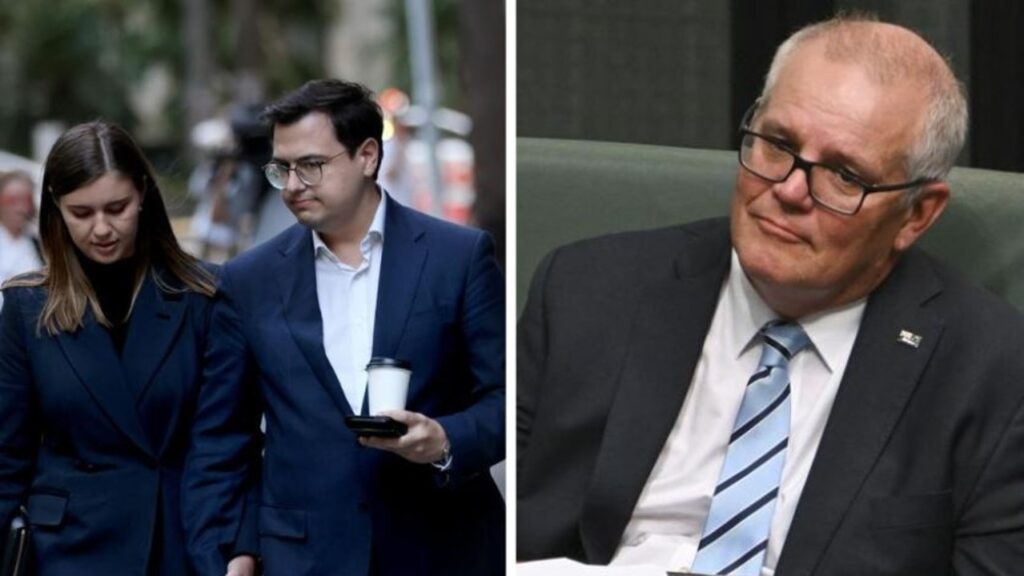‘Trapped’: Government’s cruel move exposed
Written by admin on August 14, 2024
It’s an awful, devastating irony.
At the same time as the Disability Royal Commission (DRC) has been documenting widespread abuse, neglect and a lack of support available to disabled Australians, the Federal Government has been flagging cuts to the National Disability Insurance Scheme (NDIS).
To add insult to injury, after almost five years of horrifying evidence at the DRC, the government has accepted in full just 13 of 222 recommendations, leaving the disabled community wondering: will anything actually change?
For a while, my twin sister and I were hopeful.
Like me, she is autistic and often suicidal, but she also has bipolar and several physical disabilities, including a permanent toileting disability. So we applied to the NDIS.
A few weeks ago, my twin sister’s second application was rejected.
I screamed in my empty car.
Without parents or a partner, I am desperate for help. For me, but mostly for my twin sister.
I work and study, and although I’ve all but given up on the NDIS accepting my own application to access therapy supports, I can’t accept that a service designed to help people with disabilities is letting my sister down so badly.
If someone with multiple disabilities can’t get onto the NDIS, where can they get help?
Sadly, it’s not just my sister.
Around 4.4 million Australians have a disability, but only around 550,000 of us currently access the NDIS.
People with disabilities have also told me it is “normal” for applicants to apply multiple times before they are finally accepted onto the NDIS.
For many, like my sister, the process escalates to the Administrative Appeals Tribunal (AAT).
In 2022-2023, the AAT received 4271 applications regarding the NDIS.
But why?
If people like my sister have more than one disability, how can they be knocked back from the NDIS?
According to the NDIS Review, the scheme was “never designed to support all people with disability” and has “become an oasis in the desert”, leaving many without help.
A key problem is that the scheme doesn’t quite grasp the dynamic and socially mediated nature of disability.
Within a scheme based on the permanency of disability, any state of flux makes it easy for the NDIS to turn people away – as a medical problem, or a social problem. Or both.
Take autism, for example. Though it is by far the most common disability on the NDIS, my
sister and I are at a great disadvantage in applying for the scheme given our “Level 1” autism
is considered “high functioning”. Viewing us at our best, the NDIS therefore can ignore us at
our worst.
But within a wider context, “functional” is a dangerous assumption to make.
In reality, the suffering we experience because of our disabilities is not mediated by our intelligence, and having “good days” doesn’t leave us any less disabled. A lack of support, however, does.
I know, because I’ve experienced it. My life is testament to the research that shows that disability, poverty, trauma, social isolation and mental illness go hand-in-hand.
Born 11 weeks premature with a long list of congenital defects and medical conditions, I was in primary school when I told my mother for the first time that I wanted to die.
At 12, I had my first nervous breakdown. When I was 16, my father died from a long fight with prostate, lung, oesophageal and brain cancer.
At 23, my battle began with cholesteatoma – a non-cancerous growth that eats away at the hearing-conducting bones of the ear, which can spread to the brain and be fatal, and is also prone to recurrence.
It’s a disease that left me dizzy, half-deaf and in constant pain, even after two surgeries.
At 27, my mother died unexpectedly of a heart attack. A year later, both my twin sister and I were diagnosed as autistic.
In the context of autism, my life of intergenerational trauma made sense, and I was hopeful a label would mean I’d finally get some support.
But almost four years on from my mother’s death, I remain in a constant state of distress made worse by my growing list of illnesses and the stress of supporting my twin sister.
The statistics show I’m not alone.
As well as experiencing higher rates of homelessness, unemployment and sexual and physical violence, people with autism, for example, have a life expectancy 20-36 years shorter than the general population.
We also face increased rates of physical and neurological comorbidities, and are five times more likely to take our own lives compared to the general population.
In response to statistics like these, the Australian government created the NDIS – a lifeline for those who can access it.
But what about those who can’t?
What about people like me, deemed too “high functioning” to access help? What about people like my twin sister, whose multiple, complex disabilities make box-ticking difficult?
We have what the DRC call “intersecting and multiple disadvantage”, yet, too often, we get no support.
Though we suffer greatly, many people with disabilities – whether autistic or not – simply do not fit the cookie-cutter model of disability that the NDIS is still using, leaving us trapped, desperate and without help.
Incredibly, even my own family has questioned my twin sister’s need for support.
“It’s important to be self-sufficient,” a relative told us.
And that is exactly the role of the NDIS, I argued – to help people with disabilities become more independent through tailored support.
Baffled at having to defend ourselves, I turned to my twin sister to ask her opinion.
More Coverage
“I think I deserve help,” she said.
“I think you do, too,” I replied.
Elena Filipczyk is an autistic freelance writer and a PhD candidate at the University of Wollongong







